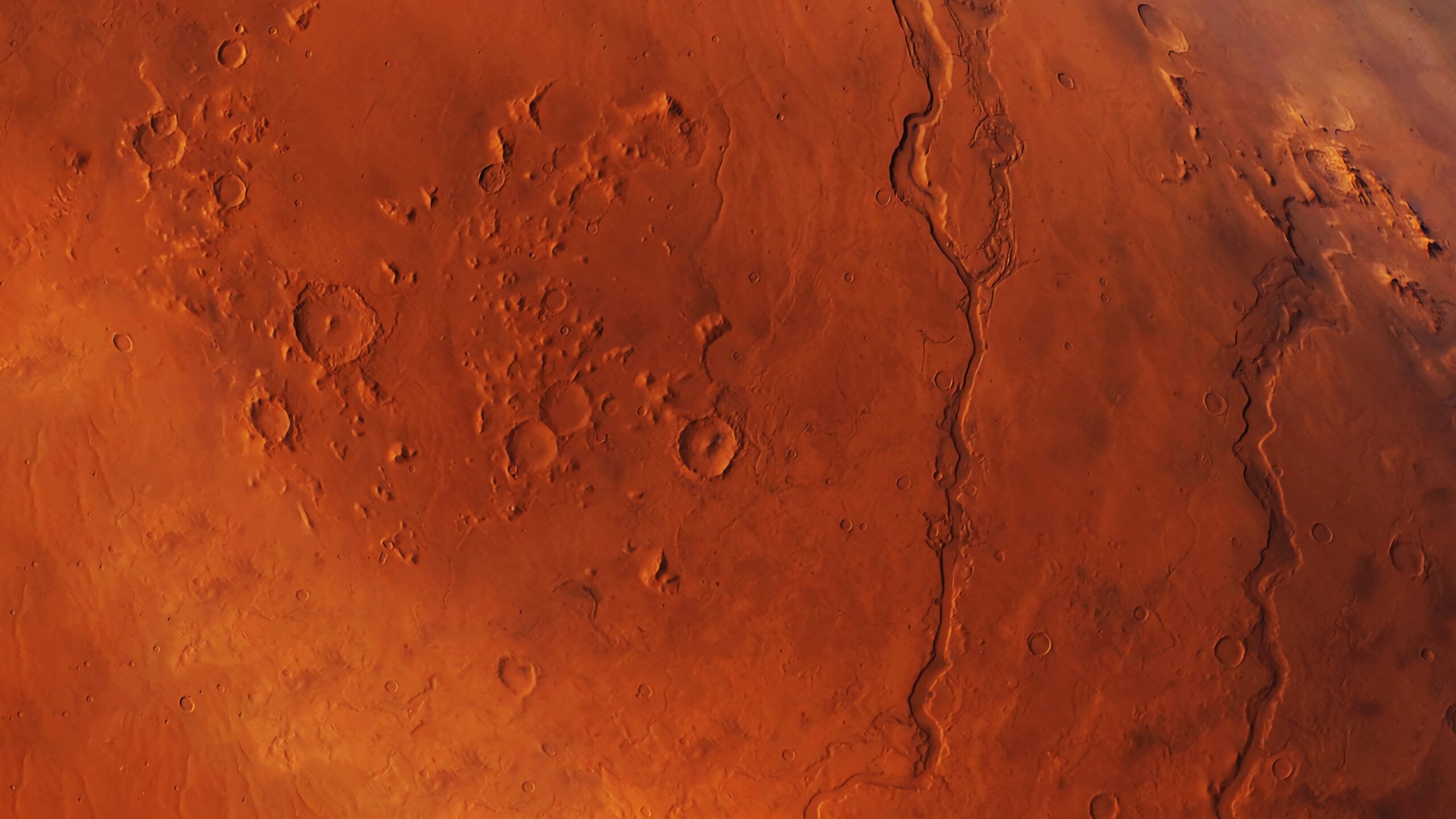26/09/2024
Prized Asteroids
In late 2023, NASA’s Psyche spacecraft was successfully launched. The spacecraft will travel to an asteroid named 16 Psyche, which is located between Mars and Jupiter. Approximately 6-years from launch, in June 2029, asteroid 16 Psyche’s gravity will capture the spacecraft, at that point the Psyche spacecraft will begin examining the asteroid. Scientists think that because of its high metal content, asteroid 16 Psyche may be the iron-rich core of a planetesimal – a building block of a rocky planet. The scientific goal of the Psyche mission is to provide an insight into the metal-cores of planets like Earth, which can’t be measured directly due to inaccessibility, plus the intense heat and pressure.
Asteroid 16 Psyche is about 173 miles across at its widest point. It is estimated to contain a large amount of metal, particularly iron and nickel. Based on current estimates, the minerals comprised within 16 Psyche, multiplied by the current market rate of those minerals, gives 16 Psyche an astonishing theoretical value of around $100,000 quadrillion! Of course, this fact sidesteps the fundamental economic principal of supply and demand, but it nevertheless highlights the vast mineral wealth that exists in our cosmic back yard.
Space Mining
Mining in Space and Bring to Earth
The general business case for mining in Outer Space and bringing the materials back to Earth, is to produce saleable material for less than the terrestrial rate. Trying to compete with the price of an abundant metal like iron will be a superfluous endeavour. Instead, Space mining companies will look to source rare materials which are difficult to extract from the Earth’s crust. Not only must the material be rare, there must also be sufficient demand for the material when it is brought back from Outer Space.
Due to the emergence of clean energy technologies, platinum group metals (PGMs), like platinum and iridium, are in high demand. PGMs are rare here on Earth. Companies like AstroForge, are aiming to capitalise on the growing clean energy market, by mining M-type asteroids for PGMs and bringing the acquired PGMs to Earth.
Other matter that could be brought back from Outer Space is Helium-3, which is found on the Moon. Helium-3 is a non-radioactive isotope that can be used in nuclear fusion, with the advantage of not producing neutrons. However, use of Helium-3 in nuclear fusion is still only in its experimental stages, so it remains to be seen how much demand there might be.
Mining in Space and Staying in Outer Space
When it comes to returning metals and minerals from space, there is a risk that the rarity of those metals and mineral could erode, which may lead to the terrestrial value dropping significantly. Some experts believe that Space mining will occur, but the mined materials will remain in Outer Space.
Space agencies around the world are developing projects where astronauts stay in Outer Space for longer periods of time. The main project of note is NASA’s Artemis program: the NASA plan to put in place sustainable infrastructure on the Moon, to explore and study it. As humans voyage further into Outer Space, it becomes increasingly important to be able to generate useable products with local materials. This practice is called in-situ resource utilisation.
A key product for prolonged Space exploration is water, which is used in rocket fuel and to sustain life. There is a growing body of evidence that there are large deposits of water, in the form of ice, on the Moon. Extraction of Moon water will be key for prolonged missions like the Artemis project.
Manufacturing in Outer Space
There are manufacturing processes that can take place in Outer Space that would either be too complicated or impossible to perform on Earth. This is largely due to the difference in gravity. In Outer Space, microgravity can be utilised to manufacture intricate and fragile components which would otherwise collapse under the force of gravity on Earth. For example, in bioprinting, soft tissue structures are sensitive to the force of gravity and cellular weight. Microgravity negates this force, allowing the soft tissue to retain its structure during the 3D printing process.
There are a number of additional benefits of manufacturing in Outer Space including: a natural vacuum, no contamination, and an extreme temperature range. These features may give rise to novel manufacturing processes and components.
In the future, material mined in Outer Space could be sent to a satellite orbiting Earth, which internally comprises a forging or additive manufacturing apparatus. The manufactured material or component could either be brought back to Earth or remain in Outer Space.
International Space Law
As described in my previous blog, Space law can be quite obscure. The bedrock of Space law is considered to be the Outer Space Treaty (OST). The OST was made effective in 1967, and at this time it was unlikely that Space mining was one of the primary considerations. Arguably, modern technology and business has advanced to a point where they have become slightly disjointed with international law governing Space in certain areas. For example, the Article II of the OST contains an appropriation provision, stating that “outer space, including the Moon and other celestial bodies, is not subject to national appropriation by claim of sovereignty, by means of use or occupation, or by any other means.” At first glance, it is unclear what the legality of Space mining is in view of the OST, because it is unclear whether resource extraction constitutes appropriation.
In a follow-up blog, I will describe how the non-appropriation clause in the OST is being interpreted by spacefaring nations and discuss whether more modernised frameworks, which are more up to date with 21st century society and technology, are being implemented.
This article is for general information only. Its content is not a statement of the law on any subject and does not constitute advice. Please contact Reddie & Grose LLP for advice before taking any action in reliance on it.



